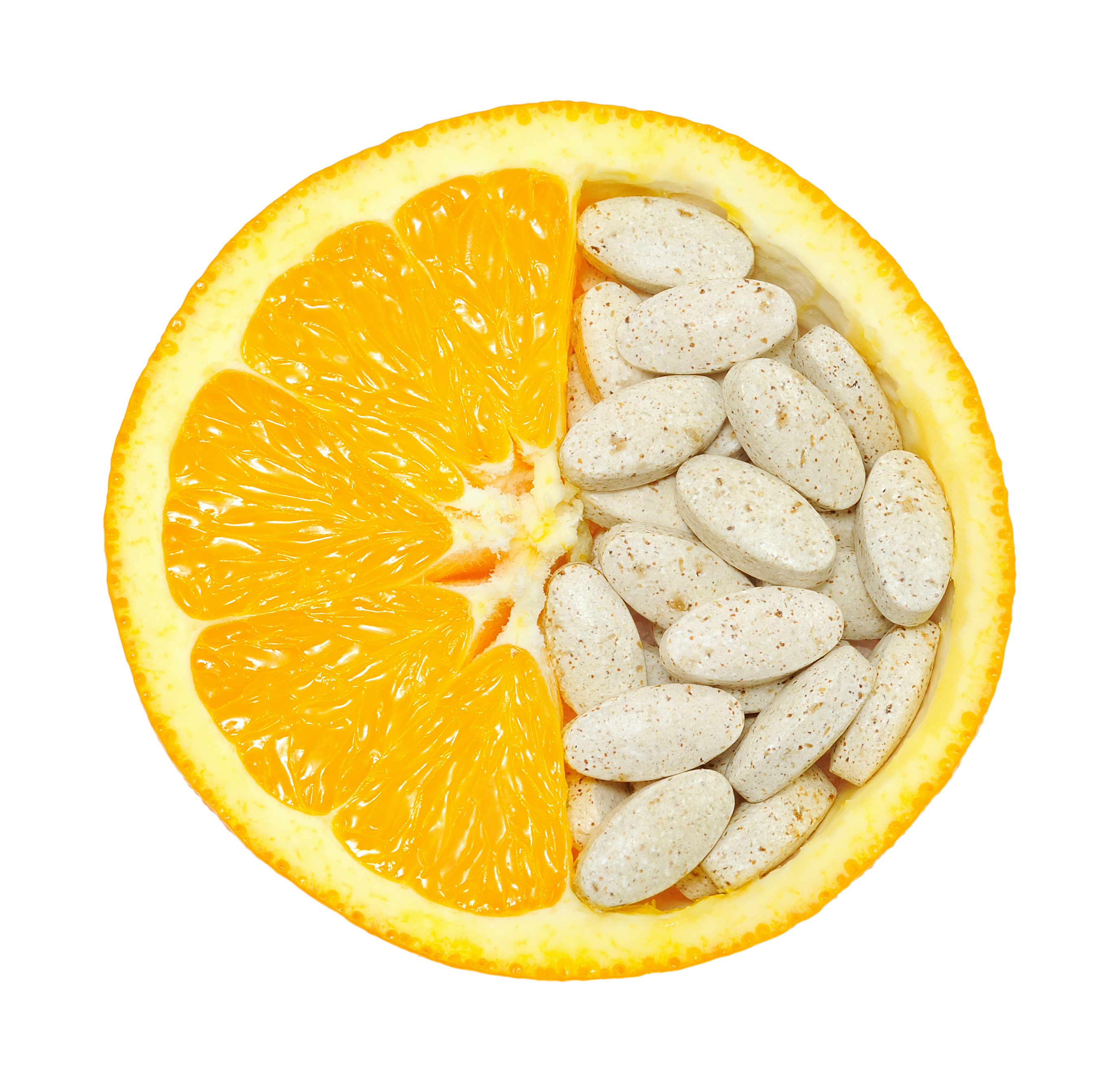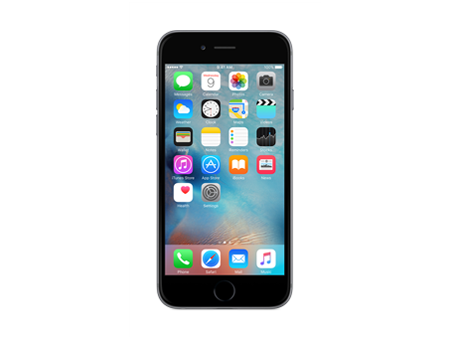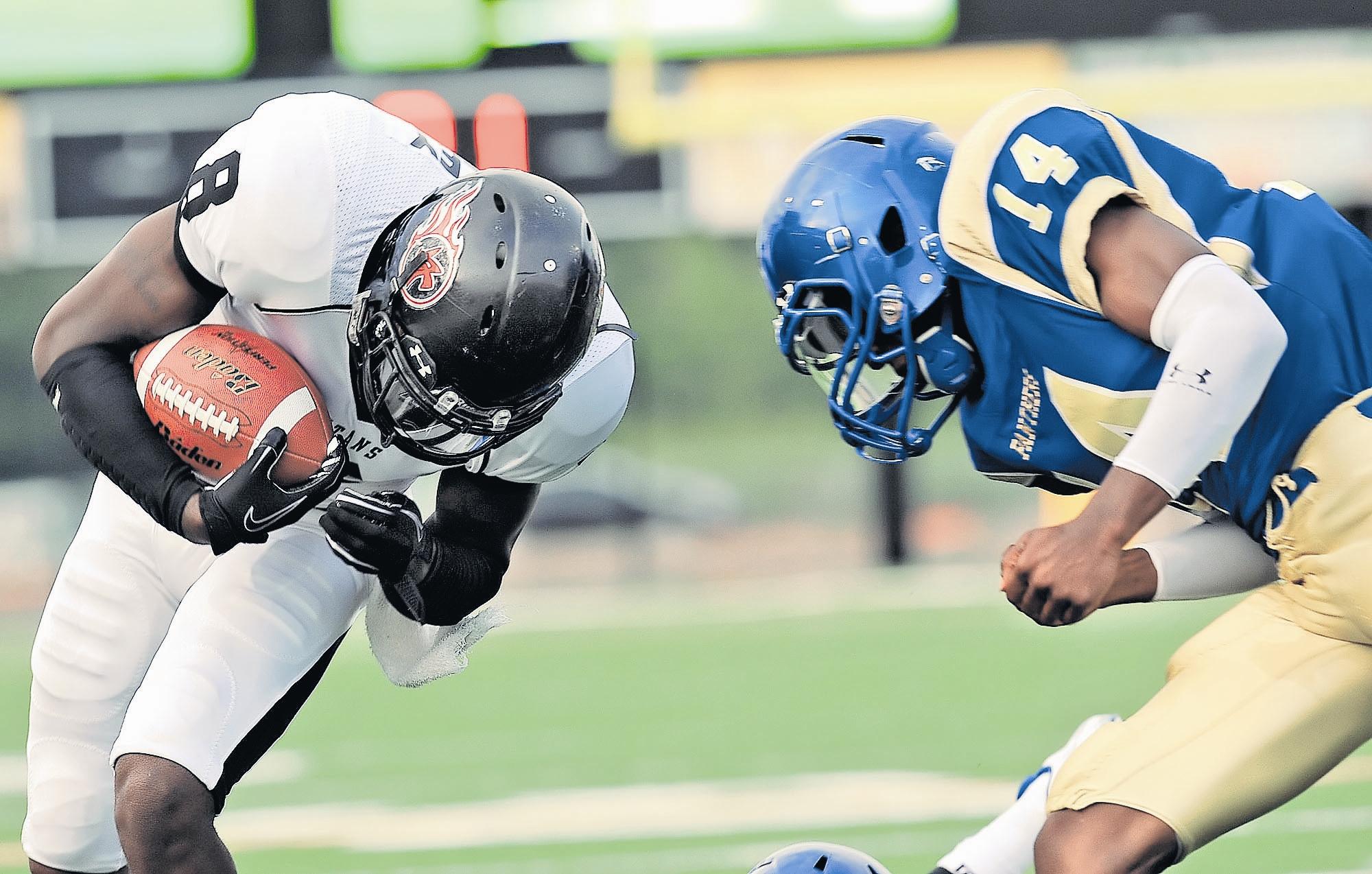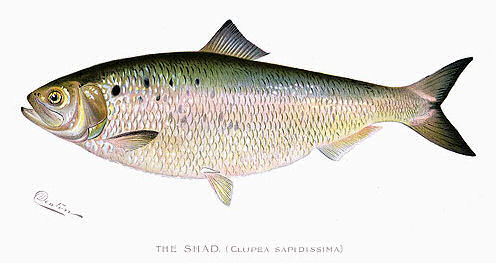In a previous post, I questioned how effective certain studies were when testing the effectiveness of football helmets protecting against concussions. In a comment, one of my classmates brought up a very interesting point which brought my attention to an on going debate between the safety in football compared to rugby. Both of these sports are high speed and high collision activities, and can easily be categorized as two of the most intense and dangerous games on the planet. But is one really safer than the other?
A Diffen article provides a chart which helps separate these two sports. According to the row labeled “average contact per game”, football players will average about 4 tackles per game with 4600 pounds of force, while rugby players will average 16 tackles per game with 1600 pounds of force. While an individual football player will see less tackles per game compared to a rugby player, the force in which each tackle is made is substantially larger in football than it is in ruby. Along these lines, according to The American Association of Neurological Surgeons, in a study that tallied the total number of head injuries treated in hospitals in 2009, football sat near the top of the list with 48,948, while ruby had only 5,919. Likewise, a Study conducted by USA rugby which compared the reports of 60 different clubs during the years of 2005-2006. It showed that the measure of the injury rate per 1000 players during a gam, rugby recored a score of 22.5, while football recorded a score of 41.4. Now one must take this study with a grain of salt, for it is done by a rugby sponsored association. However, their results are consistent with that of the other studies listed.

From these two articles, it can be clear that when talking about head injuries, football sees more force between individual contact, as well as many more reported and treated concussions when compared to ruby. The question is, with both these sports being as violent as they are, why is football so much more dangerous than rugby?
Some believe that it has to do with the method that football players tackle one another. A Post Game article argues that football players need to learn to not “use the head as a weapon”. In other words, the use of tackling with your head is what leads to the mass amount of head injuries seen. It also goes in to comparing football’s tackling method to that of rugby’s. According to the article, rugby has established rules that emphasis the use of “wrap tackling”, stating the rugby players are not allowed to “just slam into the ballcarrier” (much like football players are allowed to do). Another Forbes article follows these lines. They claim that in order to reduce concussions, football helmets would have to be banned all together. They state, “it’s the pads and helmets that make football the often gruesomely violent”. This compared to rugby, who’s “lack of pads and helmets ensure for those who play much greater odds of walking away from the game in sound physical shape”. Another article by The Guardian also agrees with the claim that football wins in the category of greater concussion risk, however, rugby has to worry about “spinal injuries from scrums” more so than football.

There is truly no doubt in my mind that football is the most dangerous sports in the world. The claim made in the Forbes article has potential to be the most telling study of all when comparing football to rugby. Only in a multi- trial study, in which multiple clubs played a season of football without any protective pads, could show if number of concussions would decrease when taking away helmets and other padding. This would help to show if helmets really were the mechanism that caused such a divide between these two sports and their safety. This however would be an extremely controversial study, one which would likely not have many participants.





















